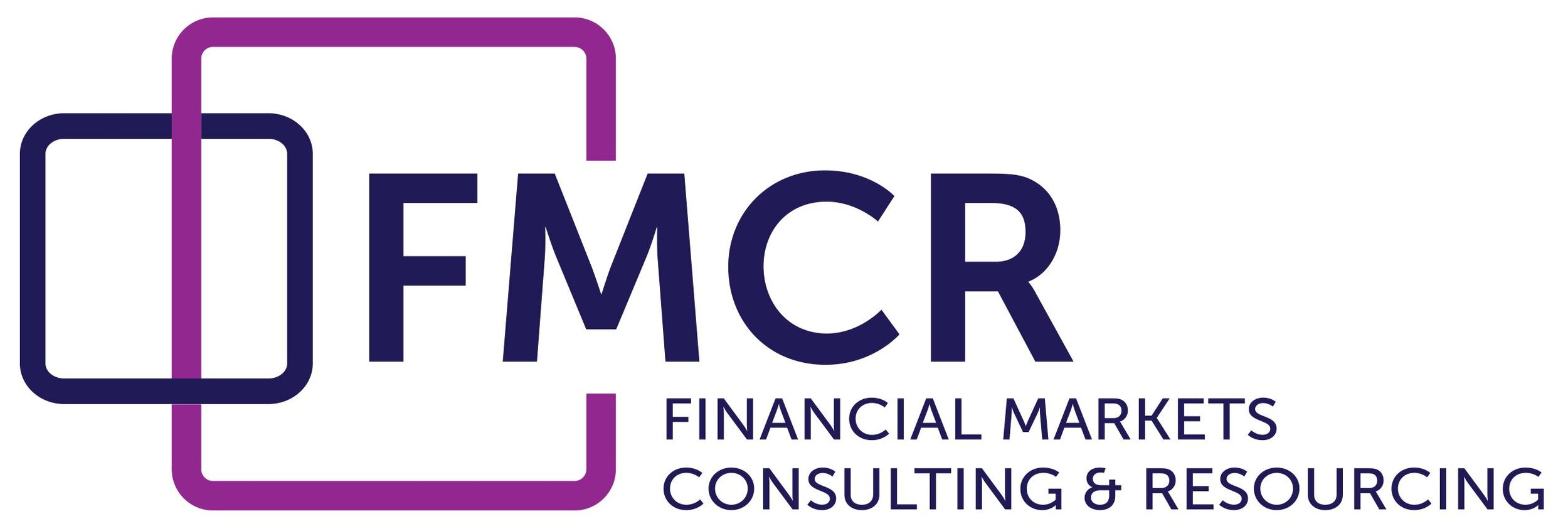What next for regulation of the trading floor?
The onus will be on the individual, predicts Ian Gaskell
Ian Gaskell, co-founder and managing director of FMCR (Financial Markets Consulting & Resourcing), has held senior global posts with NatWest Bank and RBS, spanning trading, risk and project management. FMCR provides advisory services in trading-floor related activities to banks and other financial institutions and is also developing an expert witness practice in cooperation with GBRW Expert Witness.
Last year the focus of the UK financial services regulatory landscape shifted from high-profile fines levied by regulators on banks for Libor and FX rigging towards individuals’ conduct and their responsibility for abuses. This is likely to be a major theme for 2016, and is stated in the FCA’s Business Plan for 2015/16 as one of its top priorities: “We must ensure that senior individuals in positions of responsibility are held personally accountable for how their firm operates, and for the consequences of misconduct.”
The FCA levied fines with a total value of nearly £1.5 bn in 2014. The benchmarks in 2015 were Barclays’ fine of £284m in May for FX manipulation and Deutsche Bank’s fine of £227m in April for Libor and Euribor manipulation. The investigation of the mis-selling of interest rate hedging products has largely run its course, with more than £1.8bn paid out as compensation by banks. While there may be other mis-selling fines in the pipeline, the focus has firmly moved to individuals’ liability for conduct risk.
In the first half of 2015 the FCA singled out four individuals working as traders for City firms and fined them sums ranging from £95k to £662k for a variety of market-rigging offences - a clear signal that the regulators are having some success in getting across their message of individual accountability. Some individuals also faced lifetime bans from regulatory activities.
The cascade of new regulations has not occurred without push-back from the City, and recently the much-feared “reversal of the presumption of responsibility” has been tempered, being replaced by a “duty of responsibility.” However the Senior Managers and Certification Regime (SM & CR) is going to be extended across the entire financial services industry, according to HM Treasury’s announcement in October 2015. This described the previous Approved Person’s Regime as “discredited”, illustrating how keen the Government is to move on with its conduct and accountability agenda.
This extension of SM & CR to asset managers and hedge funds is going to place a heavy burden on some firms which might have thought that they were going to escape the net. The change was announced in an FCA statement on 15 October and by the Chancellor alongside a policy paper noting “the introduction of a statutory duty for senior managers to take reasonable steps to prevent regulatory breaches”.
The determination of the Serious Fraud Office to get involved in misconduct is illustrated by the case of Tom Hayes, who was found guilty on eight charges relating to Libor rigging in August 2015. The sentence was reduced by the Court of Appeal in December from 14 to 11 years to take account of mitigating factors. In a setback for the SFO, however, six people charged with conspiring with Hayes were acquitted in January.
“Spoofing” (stock market manipulation by placing orders with no intent to execute) came under the spotlight last year with the US Department of Justice’s criminal complaint against British trader Navinder Sarao. Spoofing is banned in the US under the Dodd-Frank Wall Street Reform and Consumer Protection Act, and will become easier to define and prosecute in the UK once the new Market Abuse Regulation and MiFID II come into operation in Europe, probably in 2018. However, it remains a complex area, difficult for authorities to define and to distinguish from legitimate market practice.
The problems that banks seem to have in curbing abusive practices were illustrated by the $150m penalty announced by the New York Department of Financial Services in November 2015 for the way Barclays allegedly used its “last look” forex trading system to reject unprofitable trades. This year the spotlight is likely to migrate to other market abuse practices, including those potentially found in activities such as high-frequency trading. All market participants, including non-bank parties, will therefore need ever-more sophisticated vigilance to prevent abuses in areas which are beginning to attract the attention of regulators.
